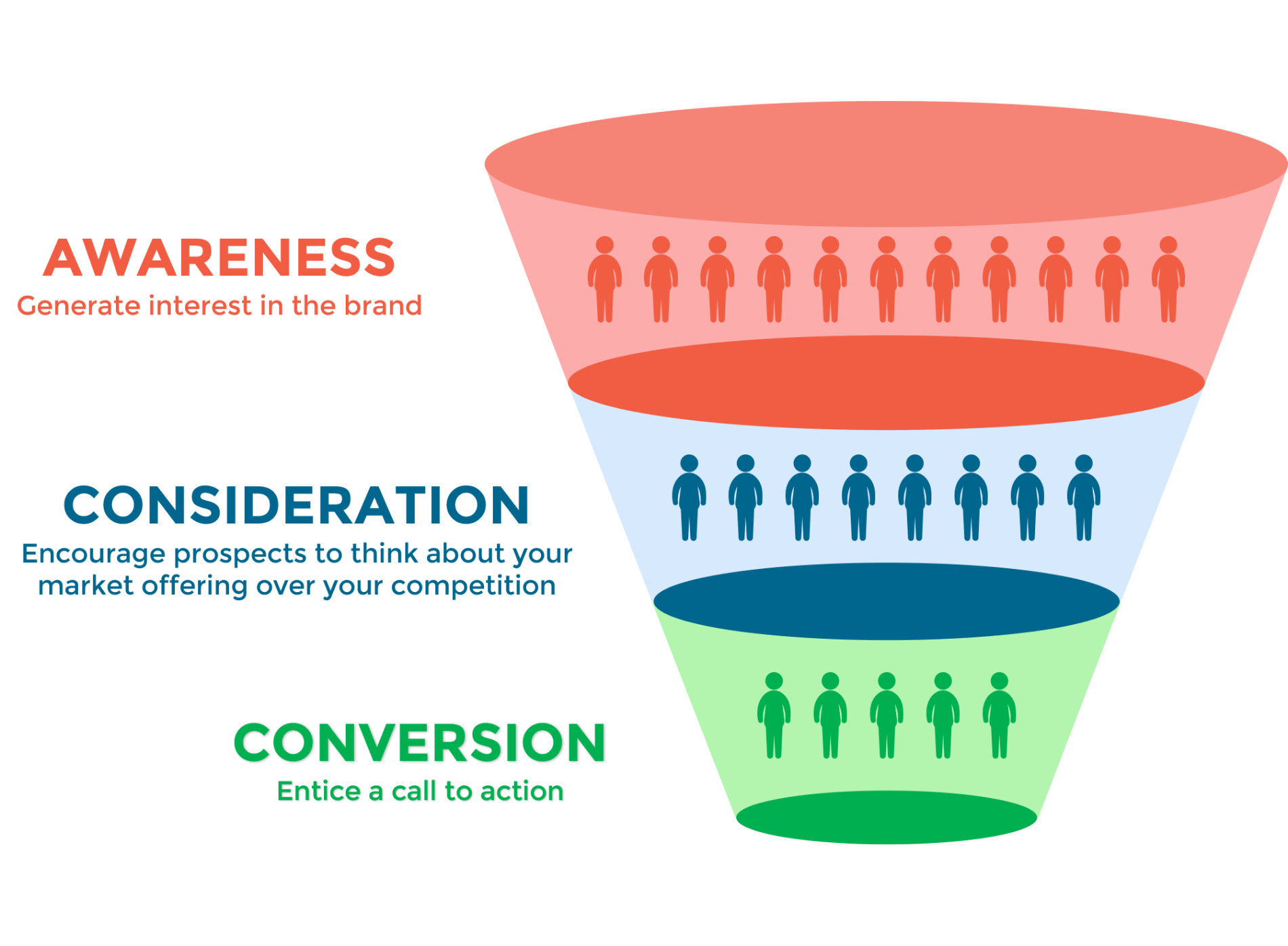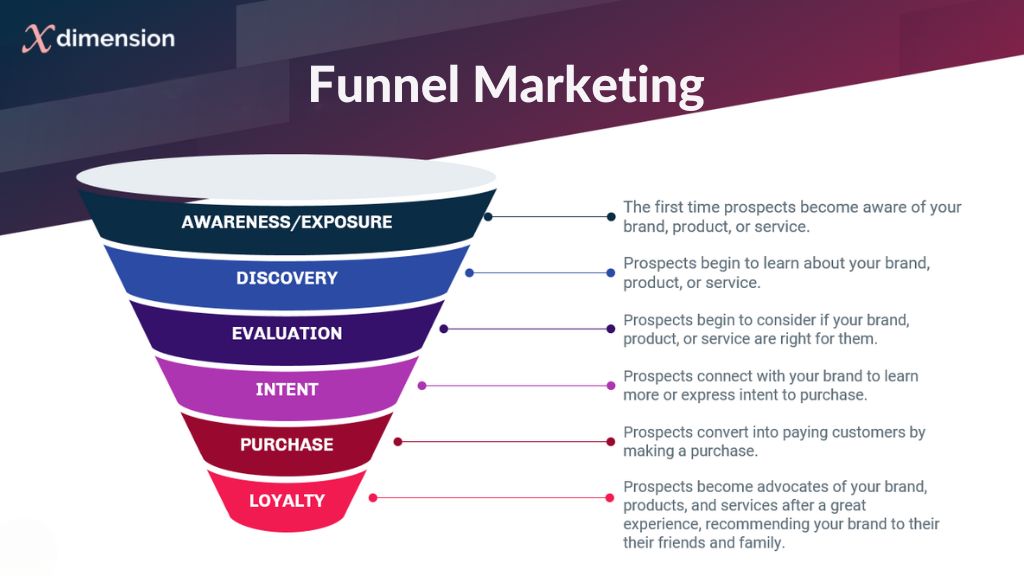In the current shopping environment, a customer engages in the use of many sources to gather information and make a purchase. If you have ever looked up products on your phone in a store or switched between the brand’s website and its social media accounts while watching television, then you are part of a new normal.
Research indicates that 28 percent of clients utilize their cell phones while purchasing in-store and that 63 percent of TV viewers will feel compelled to purchase a particular product. This best illustrates how largely shoppers’ journeys tend to be integrated as well as disintegrated today.
To navigate through the shoppers’ journey, marketers have to use a full-funnel approach. This approach makes sure that at every given channel you are proactively promoting the brand and creating demand.
What is Full-Funnel Marketing?

Full-funnel means marketing at every step of the marketing funnel automation. The funnel signifies the customer’s journey from the moment he is exposed to an advertisement to the moment he buys the product. Full-funnel marketing takes its roots from the upper end of the funnel and covers the needs of the customers at various stages.
Why Full-Funnel Marketing Is Critical?

The last concept that many analyses and modeling are based on is the so-called digital marketing funnel although it is not an exact representation of the customer process. Customers do not always follow the process through the funnel and it is not necessary that once a customer moves from the awareness to the consideration phase he will straight away go for a purchase. Indicated can be his or her work and may be either single-ended or multiple-stage.
Constructing a Full-Funnel Marketing Model

It is much more convenient to establish five primary stages when developing a multiple-tough within a full-funnel strategy. Here’s how you can build one, especially if you’re using platforms like Amazon: Here’s how you can build one, especially if you’re using platforms like Amazon:
1. Prepare Your Products for funnel marketing
You should begin by guaranteeing that your merchandising pages are conversion-optimized. Ensure that your descriptions are unique, images have good quality, and many positive comments about your products. This is the basis of digital marketing funnel automation. For instance, Amazon threads according to posts and stores will help add flavor to your product.
2. Target Likely Buyers
When it comes to your product pages, aiming at making purchases is the most appropriate. Sponsored Products ads help you target shoppers you know are looking for specific terms associated with your product. Moreover, utilize the remarking ads that target those people who have seen the product but did not purchase it. This helps remind the customer of the brand.
3. Differentiate Yourself From Your Category
For brand identity, spend money on ads that make you unusual. For instance, use the Sponsored Display product targeting to target the shoppers who are interested in similar or related products. It makes certain that your product is in a position in the middle of competitors and it may appeal to clients.
4. Build Your Brand as per funnel marketing strategy
Following product placement, it is important to concentrate on brand recall or brand consideration. Employ Sponsored Brands and video ads to share your brand values and mission. Such ads can be more general in terms of shopping queries and can also help people who are potentially interested in your brand to gain more information.
5. Expand Your Reach for funnel marketing
The last of the strategic B2B marketing funnel communication tasks is to create a brand identity. Mobile Video, Audio, Display, and all other ad formats are available through Amazon DSP for targeting the audiences. This assists in getting the attention of a large number of people and gaining market visibility.
Pros of Full-Funnel Marketing
Some of the advantages of funnel marketing are:
1. Reach New Audiences
Using awareness and conversion tactics ensures that there is maximum customer penetration with a chance of repeat business from those not willing to be sold at the moment.
2. Increase Consideration
It would be advisable to use a shot of ads, from Sponsored Brands to Streaming TV ads because this can push up consideration and give product differentiation from rivals.
3. Drive Sales
Sometimes, a full-funnel strategy is more beneficial than when acting solely as a mid-funnel marketing initiative. It assists in interacting with potential customers at every stage of the buyer’s funnel, which results in more sales in the long run.
4. Build Loyalty
Xdimension uses various methods to develop a full-funnel strategy to ensure customers are loyal. This in turn makes the customer continue to make future purchases and makes them more valuable to the business.
Simplifying Full-Funnel Marketing
Marketing across the entire funnel does not have to be complicated. Begin with the initial plan that should be to use pay-per-click advertisement alongside display advertisements. As the audience becomes more familiar, it is possible to extend the support of streaming TV and audio advertising.
If you are to apply full-funnel marketing, then it will be easier to fill up gaps that might have existed in your original marketing methods. With its help, you can reach out to clients at different life cycle periods and enhance the effectiveness of the entire marketing and sales funnel. Whether it is to increase the reach of a specific brand or generate more sales, a good bound full-funnel strategy is useful.


